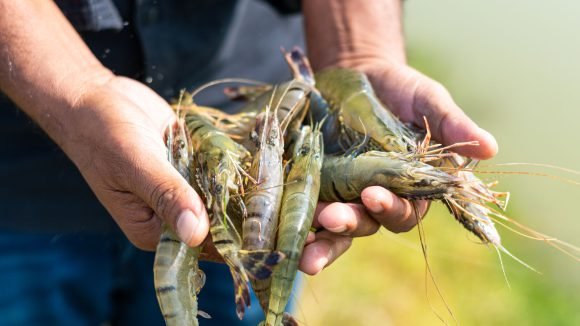FAO awards 24 systems in 12 countries as immersive experience showcases GIAHS’ role
The Globally Important Agricultural Heritage Systems (GIAHS) are communities which base their livelihoods and food security on their close relationship with their surroundings
The United Nations Food and Agriculture Organisation (FAO) awarded certificates to 24 new Globally Important Agricultural Heritage Systems (GIAHS) sites.
The 24 sites, which have been designated by FAO since the last ceremony in 2018, are located in 12 countries, including Brazil, China, Spain, Ecuador, Iran, Italy, Japan, South Korea, and Morocco.
At the award ceremony, which also marked the International Day for Biological Diversity, Qu Dongyu, FAO Director-General said that many of the GIAHS had become reservoirs of biological diversity.
“In the context of agri-food systems and rural areas, we need to consider the combined conservation of biodiversity and food diversity. This is the most pragmatic way to raise public awareness of biodiversity.
“Agricultural heritage systems showcase practices that offer solutions to climate change and biodiversity loss, in particular at the local level,” he said.
The Globally Important Agricultural Heritage Systems (GIAHS) are communities which base their livelihoods and food security on their close relationship with their surroundings.
24 new Globally Important Agricultural Heritage Systems (GIAHS) sites are:
Brazil: Traditional Agricultural System in the Southern Espinhaço Range, Minas Gerais.
China: Shexian Dryland Stone Terraced System; Anxi Tieguanyin Tea Culture System; Ar Horqin Grassland Nomadic System in Inner Mongolia; Qingyuan Forest-Mushroom Co-culture System in Zhejiang Province.
Ecuador: Andean chakra: An Ancestral Agricultural System of Kichwas Cotacachi Communities; Amazonian Chakra, a traditional agroforestry system managed by Indigenous communities in Napo province.
Iran: Qanat-based Saffron Farming System in Gonabad; Grape Production System in Jowzan Valley
Italy: Soave Traditional Vineyards; Olive groves of the slopes between Assisi and Spoleto
Japan: Biwa lake to land integrated system; Fruit Cultivation System in Kyoutou Region, Yamanashi.
Republic of Korea: Geumsan Traditional Ginseng Agricultural System; Damyang Bamboo Field Agriculture System.
Mexico: Ich Kool: Mayan milpa of the Yucatan peninsula.
Morocco: Argan-based agro-sylva-pastoral system within the area of Ait Souab-Ait Mansour; The Ksour of Figuig: Oasis and Pastoral Culture Around the Social Management of Water and Land.
Spain: Agricultural System Ancient Olive Trees Territorio Sénia; Historical Irrigation System at l’Horta de València; Agrosilvopastoral system Mountains of León;
Thailand: Thale Noi Wetland Pastoral Buffalo Agro-ecosystem
Tunisia: Hanging Gardens from Djebba El Olia; Ramli Agricultural System in the Lagoons of Ghar El Melh.
GIAHS, a flagship program of FAO, was established in 2002 to identify and protect important agricultural heritage sites and their associated biodiversity, landscapes, knowledge systems, and cultures. This network currently consists of 74 systems across the world, according to the FAO.
The Globally Important Agricultural Heritage Systems (GIAHS)




